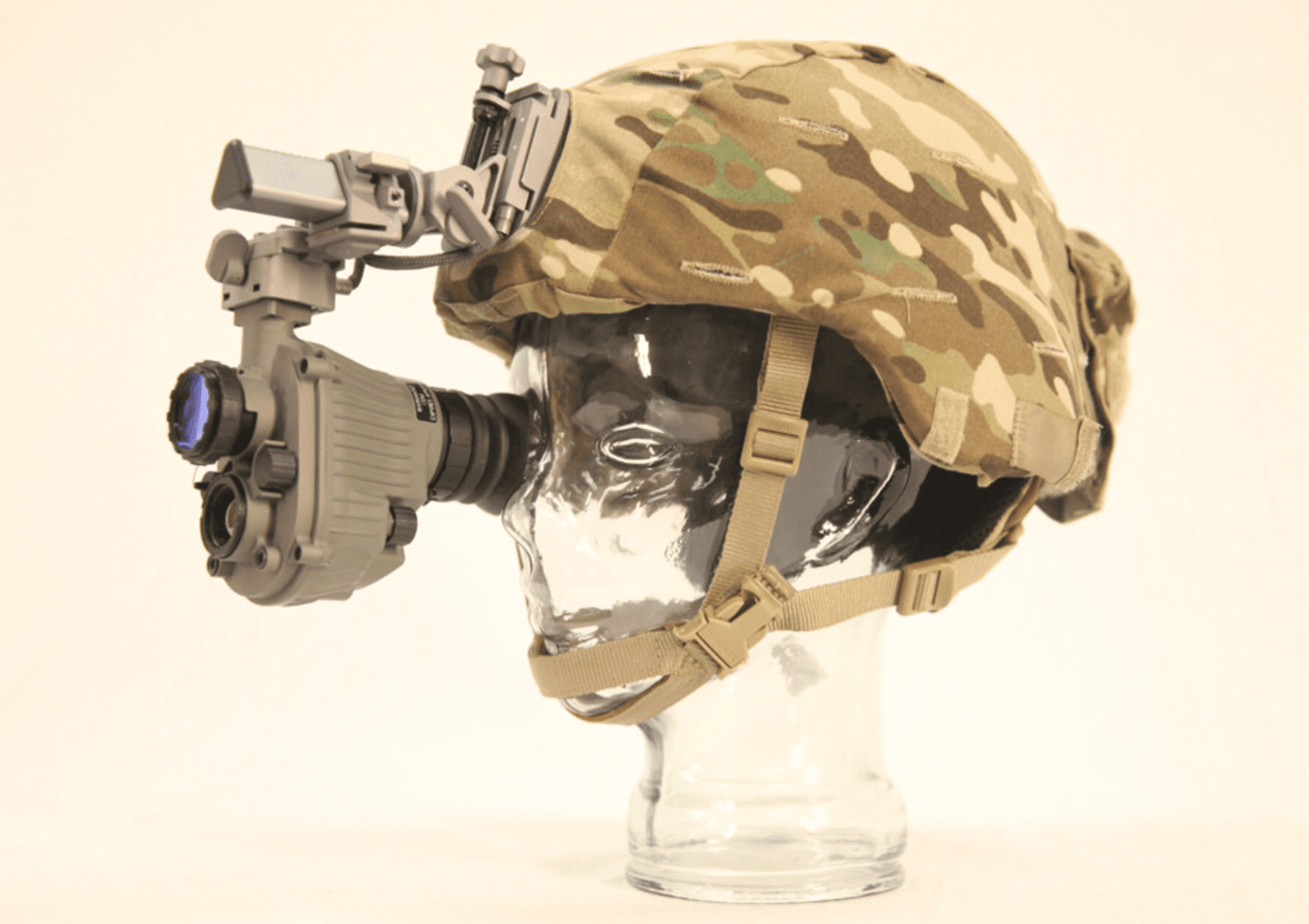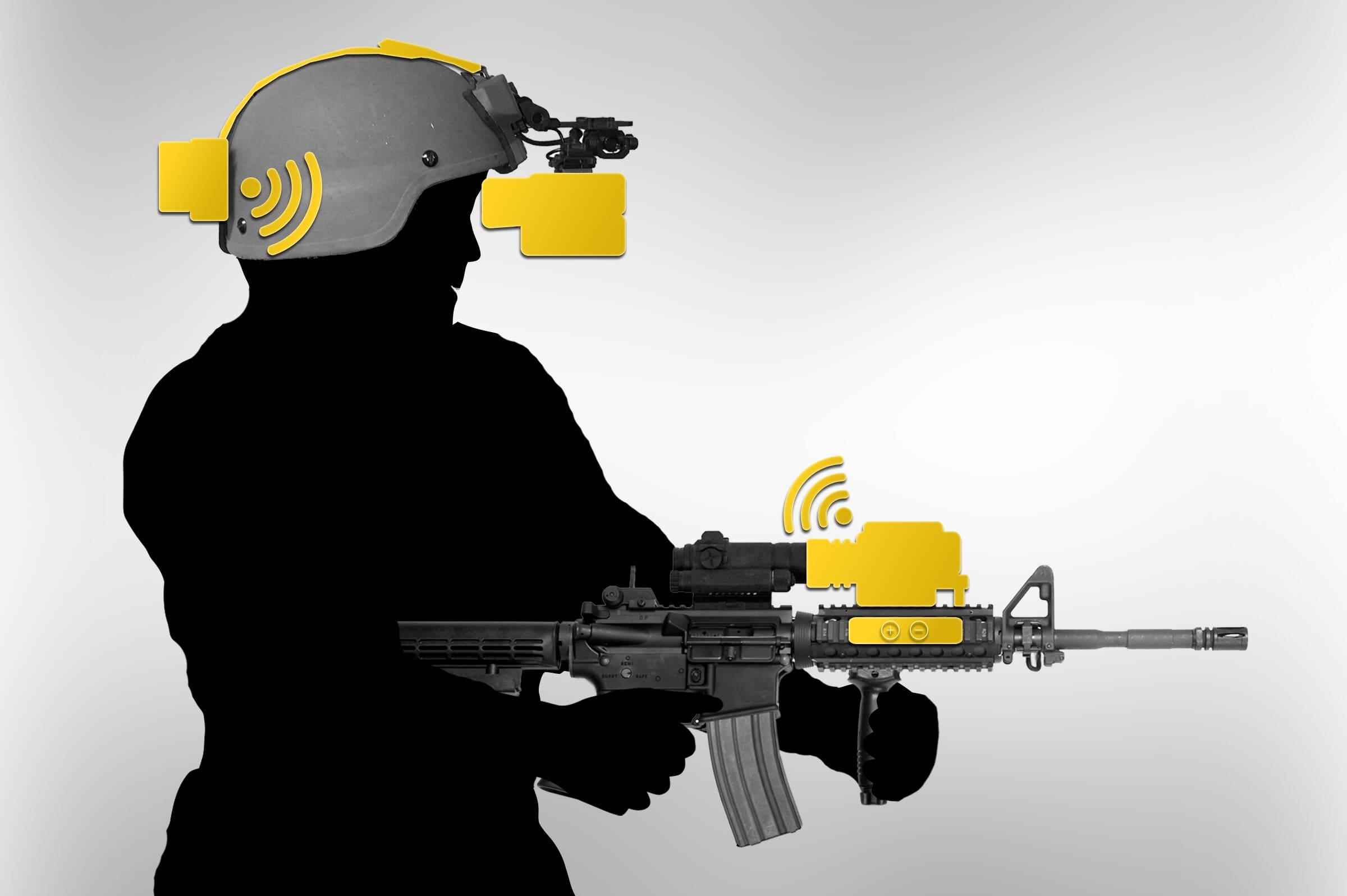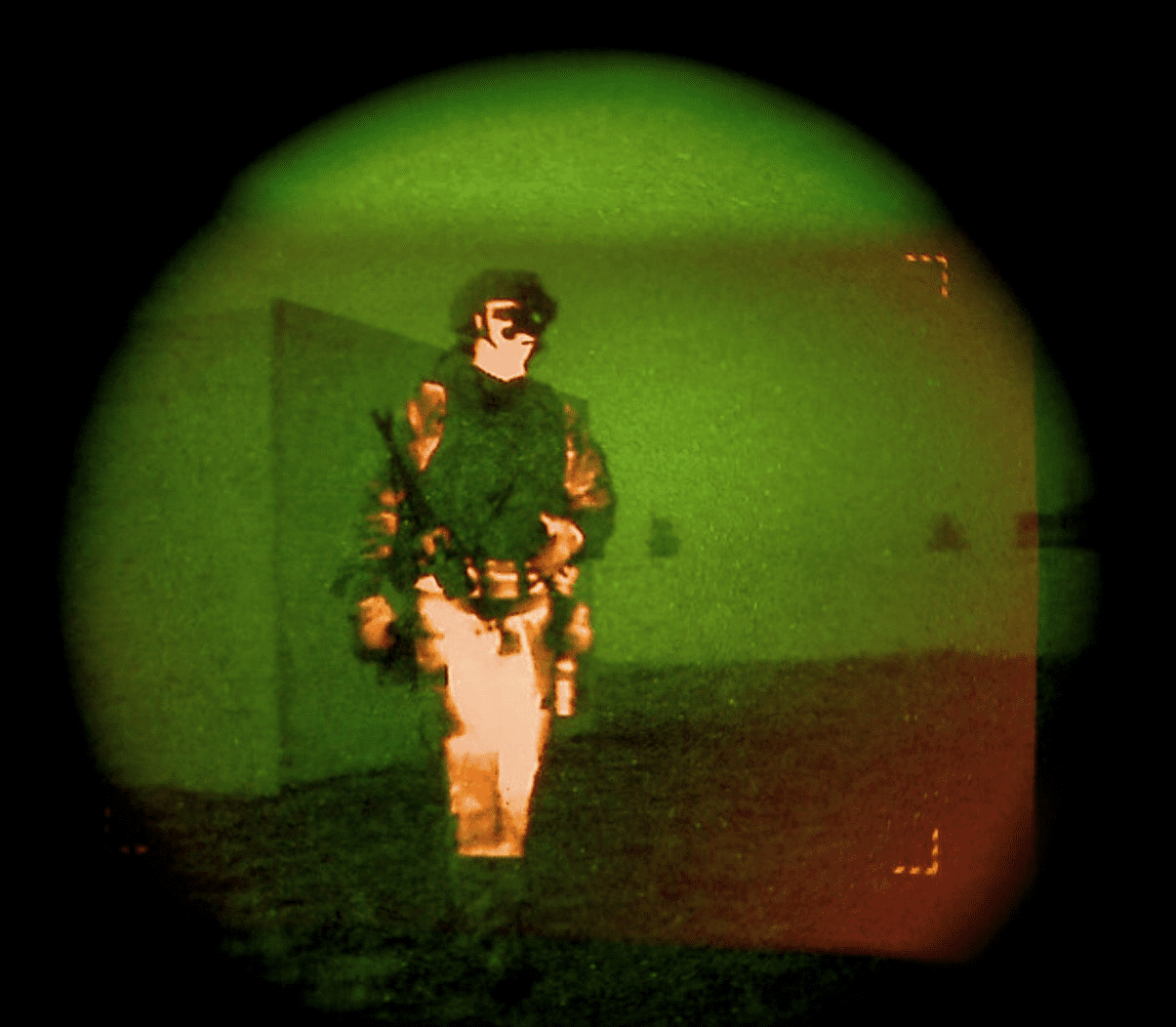The US Army has been investing heavily in improved sighting and target acquisition systems for dismounted troops. Among these initiatives has been a steady improvement program for night vision systems including rifle sights and monocles. Soldier Systems brings us news of a new step forward in the development of those devices that seeks to increase the gap between US soldiers and enemy forces when operating at night. From the article:
LTC Tim Fuller walked us through these technologies. The current Enhanced Night Vision Goggle II (ENVG II) is being updated with the advent of the ENVG III, whereas the current Thermal Weapon Sight’s (TWS) follow-on is the Family of Weapon Sights-Individual (FWS-I). He described the fledgling Family of Weapon Sights as a “leap ahead”. They’ve been working for about two years with this capability which improves Soldier survivability, lethality, and mobility. Additionally, both of these new systems can be used alone or in conjunction with one another in a new way to offer what is called Rapid Target Acquisition or RTA.
Since in the late 1990s the Thermal Weapon Sight program has fielded three generations of sensors, each reducing size and weight while increasing performance. For example, they’ve decreased weight from the Gen I’s 3 lbs to just under 2 lbs with the latest variant. Additionally, that first variant was a stand-alone only model while the newest TWS can be used as a clip-on sight to extend the capability of existing optics. They’ve also lowered the original cost from around $11,000 to $5,000 now.
The evolution of the Enhanced Night Vision Goggle is interesting. The current ENVG II is a more elegant design than its predecessor and features a wider FOV for the thermal. That’s due to a higher resolution thermal sensor. While the original ENVG I, which was built by ITT, has a smaller I2 tube than we are currently used to experiencing with the AN/PVS14 monocular, the II and III generation each use a standardized tube which is provided by the Army to the manufacturer as Government Furnished Equipment, and integrated into the goggle during production at the factory.
This offers several advantages. First, it ensures a common I2 tube, meaning known performance characteristics. Second, it allows the government to negotiate directly with the I2 tube manufacturers for greater savings across these and other programs rather than having vendors in each program purchase the tubes at different prices. Finally, the government can determine schedule priorities of when programs will receive tubes.
Once again, the Army went to industry with a set of attainable technology goals and industry responded by using their own internal Research and Development (IRAD) Dollars to be competitive. FWS family will use uncooled, forward-looking infrared technology. The first of these, the Family of Weapon Sights – Individual which is currently in development, can be used with the M16, M4 and now the M249. It is the smallest and lightest thermal weapon sight in the Army’s inventory and can be used as a stand alone sight or as a clip-on for use in conjunction with optical sights.
Here’s where it gets interesting. The FWS-I can now “talk” to ENVG III. The FWS-I is attached to the Individual Weapon or SAW and its reticle can be superimposed as a Narrow Field of View image on the display of the helmet worn ENVG III, right on top of the already fused I2/onboard thermal sensor image. With this technology, a Soldier can see where his weapon is pointed, whether or not it is shouldered and characterize what he is looking at, thanks to the fused image.
These signals are now all digital and the Soldier can individually control the channels which are fused into a common display. Soldiers can toggle through three modes: Spatially aligned mode, Picture in picture mode and FWS-I only mode.
The digital image is transmitted from the FWS-I to an antenna on the ENVG III and then routed through a fiber optic cable to the smart battery pack mounted at the rear of the helmet. This is where the processor is located. This special, ENVG III compatible battery pack is a component of the FWS-I. The ENVG will continue to be fielded with its own standard battery pack. At the processor, the thermal image with reticle is stitched unto the ENVG’s display in the processor. Everything is lined up with one image embedded into the other. A major advantage is that RTA keeps the Soldier passive so no need to use active laser and create a signature.
Some of you may be interested in how the FWS-I ‘talks’ to the ENVG III. The Army has chosen a low power emitter with a range of about out to three feet but won’t go into any details on signal characteristics.
Separate Image Intensification (I2) and Thermal channels are fused into a single display. While the thermal signal offers 18 to 26 degree FOV, with the ENVG III you get 40 degree FOV in I2 mode. This is common to the standard PVS-14 tube manufactured by L3 Warrior Systems and Harris. These GFE tubes are provided to the two ENVG vendors. Once again, this means that ENVG manufacturers, BAE and DRS integrate the government furnished tubes into the ENVG, which saves money.
The fused image will allow the green I2 image to be enhanced by a thermal overlay in orange that indicates a heat signature. This is great for identifying camouflaged targets or those obscured by smoke. Now, the narrow FOV images from the FWS-I can also be integrated into the image, including the reticle, in the correct aspect of the Soldier’s view. This means that Soldiers can observe or engage a target without being directly behind the weapon’s sights. Soldiers can not only see around corners, but shoot around them without exposing themselves. Conversely, if the Soldier looks too far off axis, the FWS-I’s reticle will disappear from view.
With the FWS-I, you are looking at 18-26 degree FOV. The FWS-I significantly increases the effective range from 550 meters for the current issue light TWS out to an astounding 1000m range. This almost two-fold increase is due to focal plane array improvements. Such SWAP improvements also equate to a smaller Soldier load in size and weight.
Night vision systems have give US troops a major advantage in operations against insurgents. Having the weapon’s reticle displayed through the monocle circumvents the problems of using existing rifle optics with monocles, and should dramatically reduce the time-to-engage at night.
 Your Privacy Choices
Your Privacy Choices





